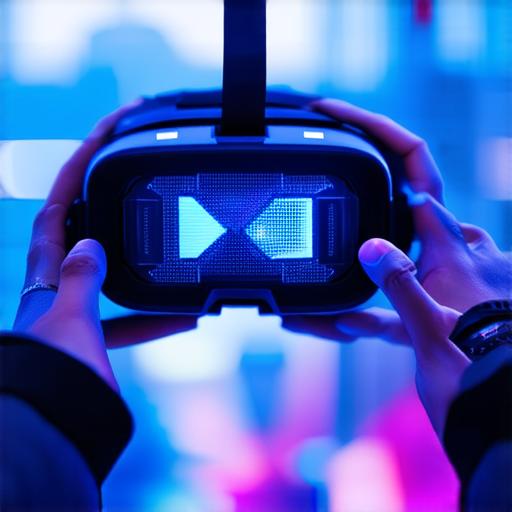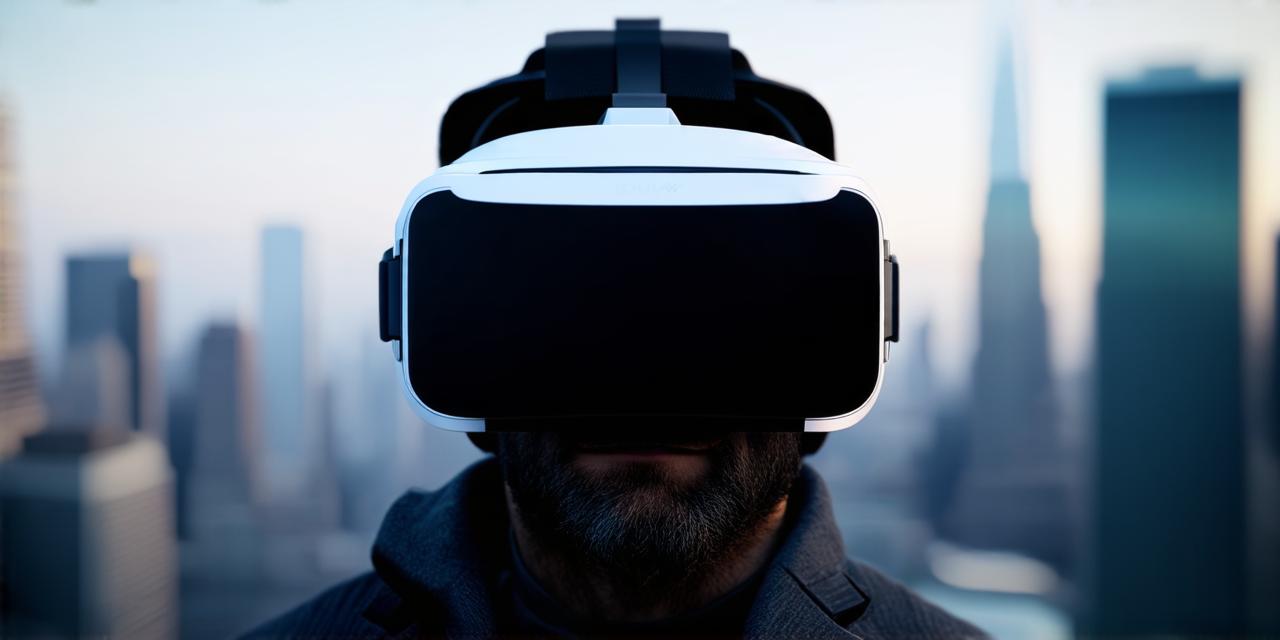Virtual Reality (VR) is an emerging technology that has gained significant attention in recent years due to its potential to revolutionize various fields, including psychology. VR has been used as a tool for treating mental health conditions such as anxiety, depression, and PTSD, among others.
Virtual Reality Technologies:
Virtual Reality (VR) technology is an immersive computer-generated experience that simulates a real or imagined environment. VR technology includes various devices such as headsets, sensors, and controllers that track the user’s movements in a virtual world. The most common type of VR technology used in psychological interventions is the Oculus Rift.
Virtual Reality in Psychological Interventions:
Virtual Reality has been used in psychological interventions for various purposes, such as exposure therapy, cognitive-behavioral therapy (CBT), and stress management. Exposure therapy involves gradually exposing patients to a feared stimulus or environment in a controlled virtual environment. This technique has shown promising results in treating anxiety disorders such as phobias and panic attacks.
Virtual Reality for Stress Management:
Stress management is another area where VR technology has shown potential benefits. Virtual reality experiences can be used to create a relaxing environment that helps individuals reduce stress levels. For instance, virtual nature walks or guided meditations have been found to be effective in reducing stress and anxiety.
Virtual Reality for Pain Management:
Virtual Reality has also been used for pain management purposes. Virtual reality experiences can be used to distract patients from pain by engaging their senses and creating a more pleasant environment. This approach has shown promising results in reducing pain levels in patients with chronic conditions such as arthritis and fibromyalgia.

Virtual Reality for Treating Phobias:
Exposure therapy using virtual reality technology has been found to be effective in treating phobias. Virtual reality exposure therapy involves gradually exposing patients to a feared stimulus or environment in a controlled virtual environment. This technique has shown promising results in treating various phobias, such as spider phobia and fear of heights.
Virtual Reality for Treating PTSD:
Virtual reality technology has also been used in the treatment of post-traumatic stress disorder (PTSD). Virtual reality exposure therapy involves exposing patients to a traumatic event in a controlled virtual environment. This technique has shown promising results in reducing symptoms of PTSD in veterans and other trauma survivors.
Virtual Reality for Treating Anxiety Disorders:
Virtual reality technology has also been used to treat anxiety disorders such as panic attacks and social anxiety disorder. Virtual reality exposure therapy involves gradually exposing patients to a feared stimulus or environment in a controlled virtual environment. This technique has shown promising results in reducing symptoms of anxiety disorders.
Virtual Reality for Treating Depression:
Virtual reality technology has also been used to treat depression. Virtual reality experiences can be used to create a relaxing environment that helps individuals reduce stress levels and improve mood. For instance, virtual nature walks or guided meditations have been found to be effective in reducing symptoms of depression.
FAQs:
1. How effective is virtual reality in treating mental health conditions?
Virtual reality has shown promising results in treating various mental health conditions, such as anxiety disorders, depression, PTSD, and phobias. However, more research is needed to fully understand the effectiveness of virtual reality technology in treating these conditions.
2. What types of virtual reality technologies are used in psychological interventions?
The most common type of virtual reality technology used in psychological interventions is the Oculus Rift. Other virtual reality devices such as HTC Vive and Samsung Gear VR are also used in some cases.
3. How does virtual reality help with pain management?
Virtual reality can be used to distract patients from pain by engaging their senses and creating a more pleasant environment. This approach has shown promising results in reducing pain levels in patients with chronic conditions such as arthritis and fibromyalgia.
4. Is virtual reality technology safe for use in psychological interventions?
Virtual reality technology is generally considered safe for use in psychological interventions. However, it is important to ensure that the virtual environment is controlled and monitored by a trained therapist or professional.
5. How much research has been conducted on the effectiveness of virtual reality in psychological interventions?
There have been numerous studies conducted on the effectiveness of virtual reality in psychological interventions. However, more research is needed to fully understand the potential benefits and limitations of this technology in treating various mental health conditions.
Summary:
Virtual Reality technology has shown significant promise in the treatment of various mental health conditions, such as anxiety disorders, depression, PTSD, and phobias. Virtual reality exposure therapy, cognitive-behavioral therapy (CBT), stress management, pain management, and addiction treatment are just a few examples of how virtual reality technology can be used to improve outcomes for patients. As more research is conducted on the effectiveness of virtual reality in psychological interventions, we can expect to see further advancements in this field.




